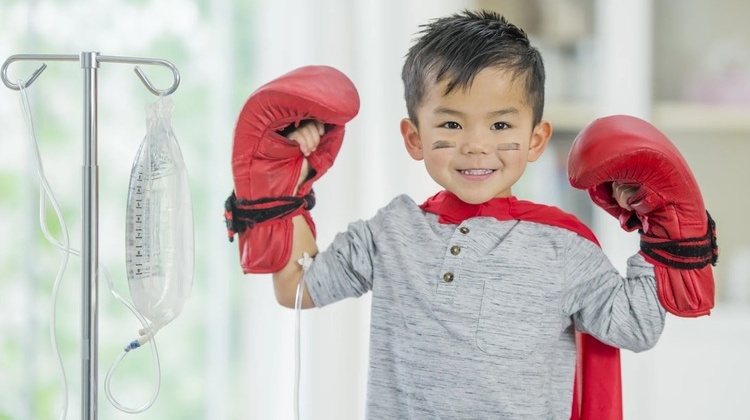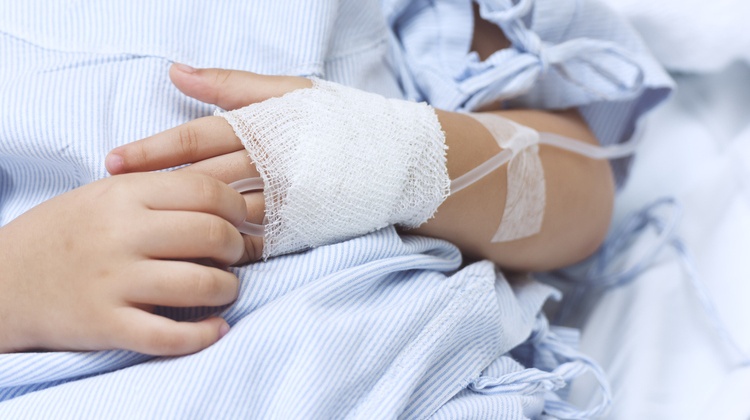As one of Asia’s visionaries in the takaful industry, we care for your needs and safeguard your future.


Childhood and pediatric cancer is a distressing and complex medical condition that affects thousands of children and their families every year. To better comprehend this critical issue, it is crucial to delve into the various types of childhood cancer, explore potential causes, and understand the risk factors involved. This knowledge can aid in early detection, prevention, and improved treatment strategies. In this blog post, we will provide an overview of childhood and pediatric cancer, its types, prevalence, causes, and risk factors as it is the first step toward raising awareness, improving early detection, and supporting research efforts.

Unlike in adults, childhood cancer occurs at a lower but significant rate, and it's important for us to be aware of its types and presence. There are several types of childhood cancers that we should be aware of, including leukemia, brain tumors, and neuroblastoma as these are among the most common pediatric cancers in children.

The risk factors for childhood cancer are unlike those in adults, where environmental exposures play a significant role. In fact, the true causes for childhood cancer are still not definitively known. However, doctors and researchers believe that one of the factors may be DNA mutations in children that lead to abnormal cell growth.
This phenomenon occurs because a child's DNA contains biochemical materials that regulate the activities of cell growth and division. These mutations can contribute to the uncontrolled growth of cells, ultimately leading to the development of cancer cells.

Early detection of childhood cancer symptoms can be a crucial step in addressing cancer before seeking medical treatment. It's important to be aware of how your children behave and their physical condition. Here are some signs of cancer in children:
If your child experiences these symptoms, it is advisable to promptly consult a doctor. Protect your child by seeking appropriate treatment and therapy.
When a child is diagnosed with cancer, it has a significant impact on the entire family, including emotional stress and financial strain. While many parents have medical coverage for their children, some may not realise that standard medical coverage plans often do not include coverage for childhood cancer. Without coverage for childhood cancer, parents can face high treatment costs, debt, and emotional pressure. Therefore, it is advisable for parents to obtain critical illness takaful plan to avoid excessive expenses for their child's cancer treatment. It is important to protect your child from an early stage to prevent more severe consequences as they approach adulthood.
As one of Asia’s visionaries in the takaful industry, we care for your needs and safeguard your future.
Great Eastern Takaful is a name you can trust for all your takaful solutions.
Great Eastern Takaful’s visionary leaders have steered the company from strength to strength.